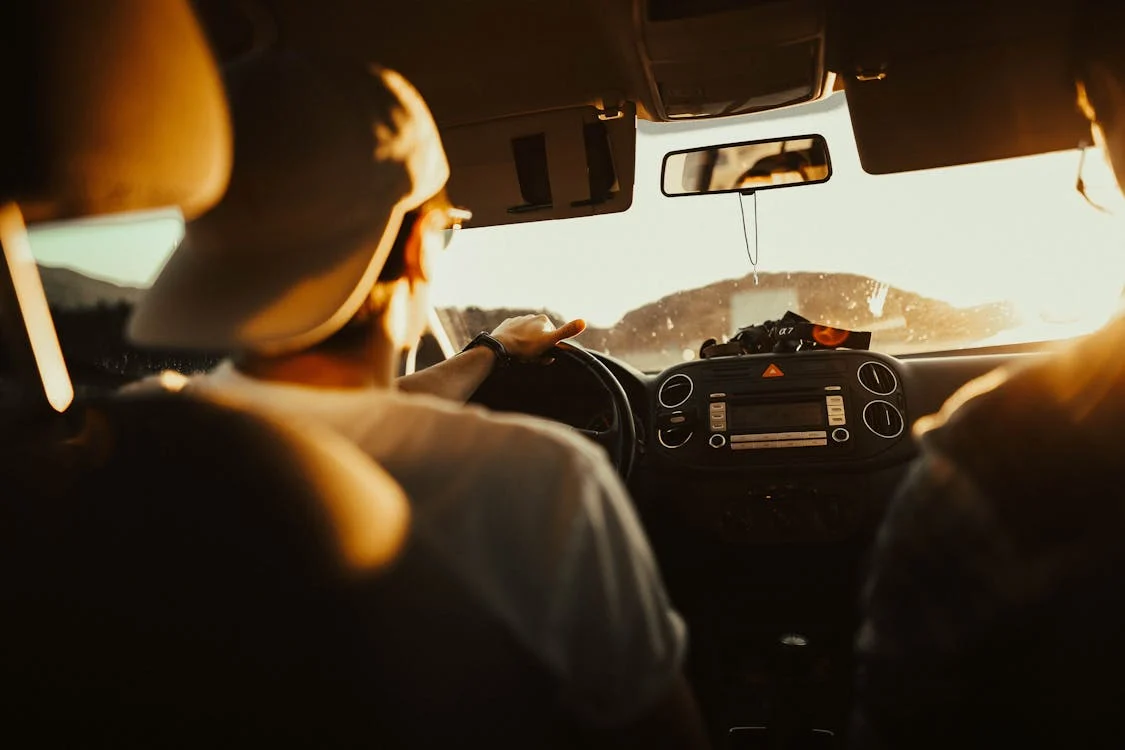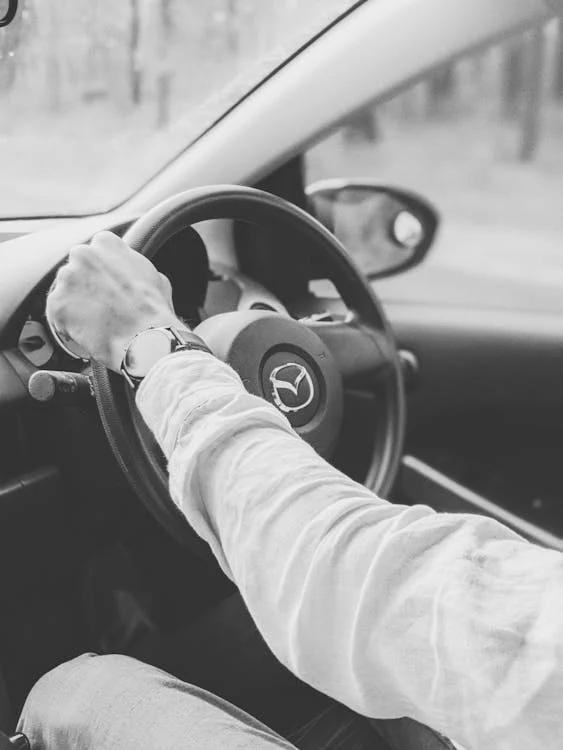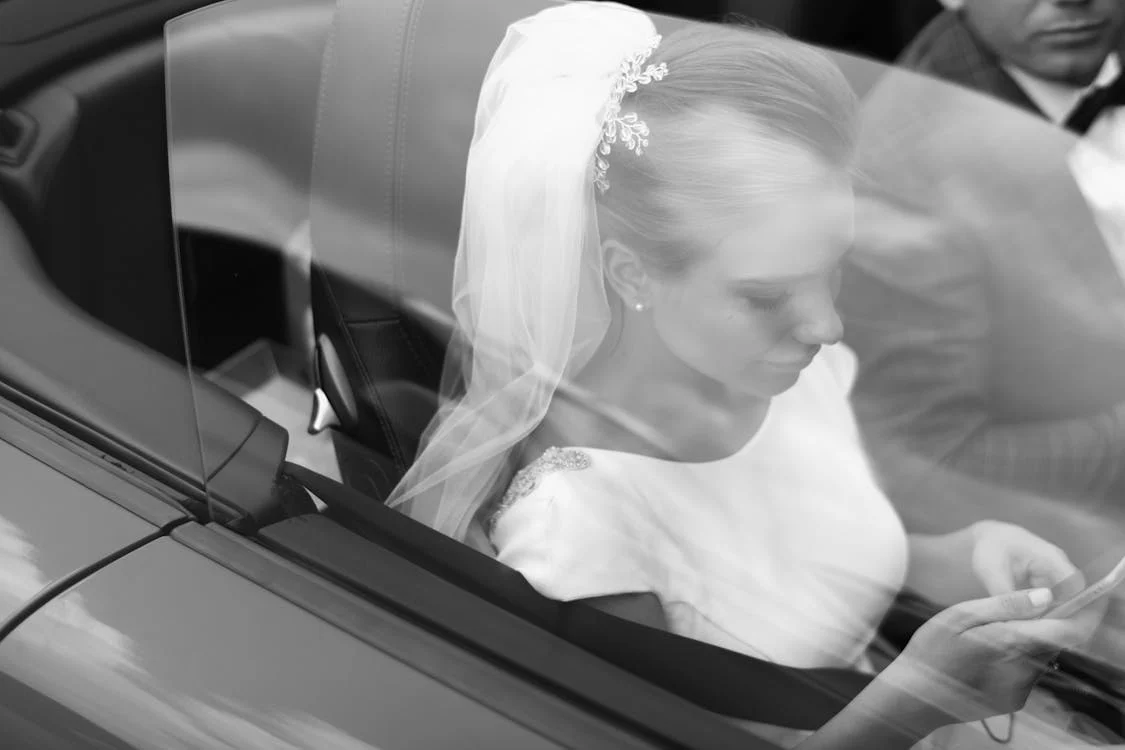When we think of car photography, we often imagine sleek exteriors, dramatic landscapes, and glossy reflections. But there’s an emerging trend that flips traditional perspectives—interior-first car photography. Instead of showcasing a vehicle’s exterior as the primary focus, this approach highlights the richness of the cabin, its intricate details, and how the outside world interacts with the inside. It’s a refreshing and immersive way to tell a story about a car’s personality, design, and atmosphere.

Why Interior-First Photography?
The interior of a car is where memories are made—road trips, spontaneous conversations, deep thoughts while driving alone, or the joy of simply soaking in the ambiance of a well-designed cabin. Traditional automotive photography typically neglects this space, relegating interior shots to functional views rather than emotional narratives. Interior-first photography changes this by using the cabin as a frame, a lens through which we observe the world beyond.

Key Interior-First Photography Concepts
1. Framing the Exterior Through the Cabin
One of the most compelling ways to capture a car’s personality is by using its windows, mirrors, or dashboard as a frame. Instead of shooting the car against a picturesque backdrop, position yourself inside the vehicle and use its structure to frame the outside.
For example:

- Rearview Mirror Perspectives – Capture fleeting moments reflected in the rearview mirror, whether it’s an approaching sunset, a bustling city, or a winding mountain road.
- Through-the-Windshield Stories – A fogged-up windscreen in the morning light, rain droplets catching city lights, or the road ahead stretching endlessly—these elements add depth to the photograph.
- Side Window Snapshots – Passenger-side compositions, where the window frames passing landscapes, offer a cinematic storytelling approach.
2. Textural and Sensory Details
Car interiors are filled with fascinating textures—from stitched leather seats to carbon fibre accents, warm wooden panels to illuminated dashboard elements. Zooming in on these details creates intimate and luxurious compositions.
- Close-ups of Materials – Highlight textures like smooth suede, perforated leather, or brushed aluminium.
- Ambient Lighting Effects – Use neon glows from dashboard screens, moody lighting from LED accents, or natural sunlight filtering through.
- Hands-in-Action Shots – A gripping hand on the steering wheel, a passenger’s fingers adjusting the radio, a driver shifting gears—these add human interaction to the scene.
3. Natural Light and Shadow Play
Unlike exterior shots that rely on broad daylight or artificial lighting setups, interior-first photography thrives on creative use of natural and available light.
- Golden Hour Glow – Sunlight streaming through the windscreen during sunrise or sunset creates ethereal, warm interiors.
- Shadow Patterns – The interplay of shadows from the dashboard, vents, and seats adds drama to the shot.
- Overhead Light and Mood – Streetlights at night casting subtle highlights inside the cabin offer mystery and intrigue.
4. Passenger Perspective and Lifestyle Storytelling
Instead of shooting a car as an object, interior-first photography works best when capturing experiences. This involves framing moments from a passenger’s perspective, making the viewer feel as though they are inside the car.

- Road Trip Vibes – A packed boot viewed from the backseat, maps spread out on the dashboard, or a pair of sunglasses casually placed on the centre console.
- Reflections and Overlays – A driver’s reflection on the side window merging with the outside world creates a surreal double exposure effect.
- Emotional Connections – Smiles, deep conversations, sleepy road trip passengers, or someone gazing wistfully through a window—these add a human touch.
5. Experimental Angles and Compositions
Thinking outside the box (or in this case, inside the cabin) is crucial for unique interior-first photography.
- Over-the-Shoulder Perspective – A driver’s point of view of the road ahead makes viewers feel like they are in motion.
- Upside-Down Reflections – Capture reflections from glossy dashboard panels, turning reality into a dreamlike composition.
- Fisheye and Wide-Angle Drama – A distorted yet dynamic shot can transform an interior into something unexpected.
Equipment and Technical Considerations

- Lenses – A mix of wide-angle, macro, and portrait lenses allows you to capture the interior’s full scope and intricate details.
- Lighting – Use natural light as much as possible, but consider subtle LED lights or small handheld flashes for controlled brightness.
- Editing – Fine-tune contrasts, enhance textures, and play with colour grading to match the mood—warm tones for cosy interiors or cooler shades for futuristic vibes.
Conclusion
Interior-first car photography is more than just documenting a vehicle’s cabin; it’s about crafting an experience, an emotion, and a journey through the lens of the interior. This approach offers a fresh way to appreciate automotive design and human interaction with cars. Whether you’re a professional photographer or a casual enthusiast, exploring this concept can open up an exciting new perspective on visual storytelling.
Next time you pick up a camera inside a car, consider flipping the script—see the world from the inside out.
